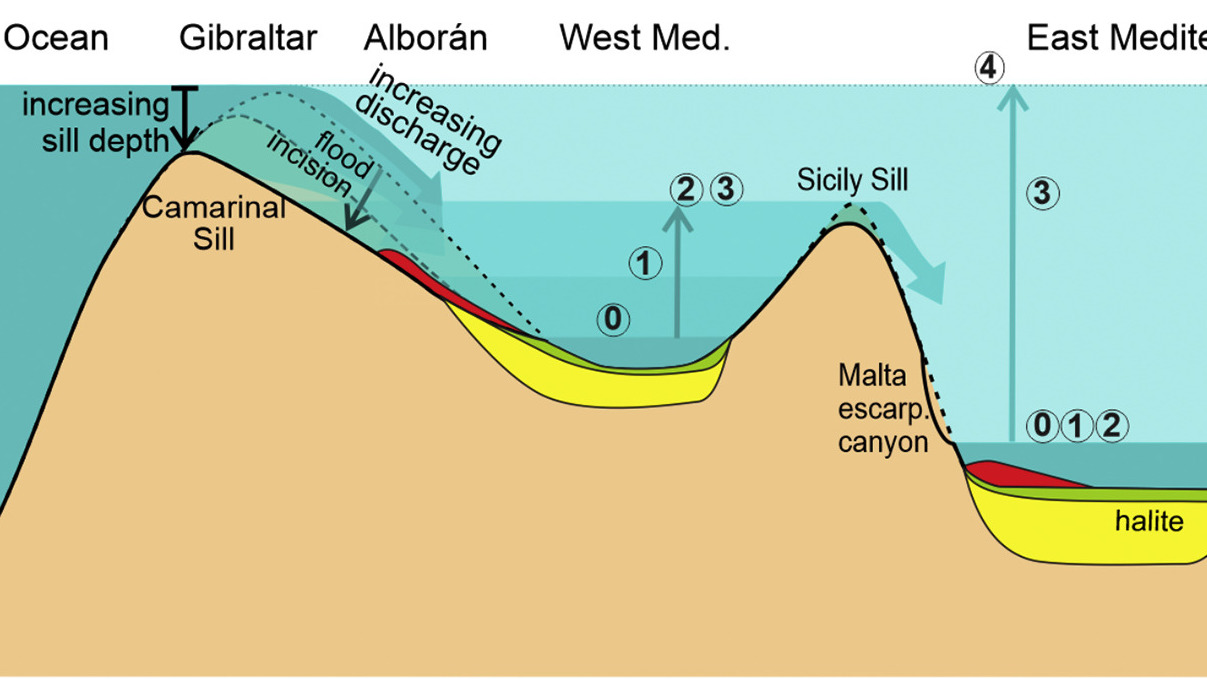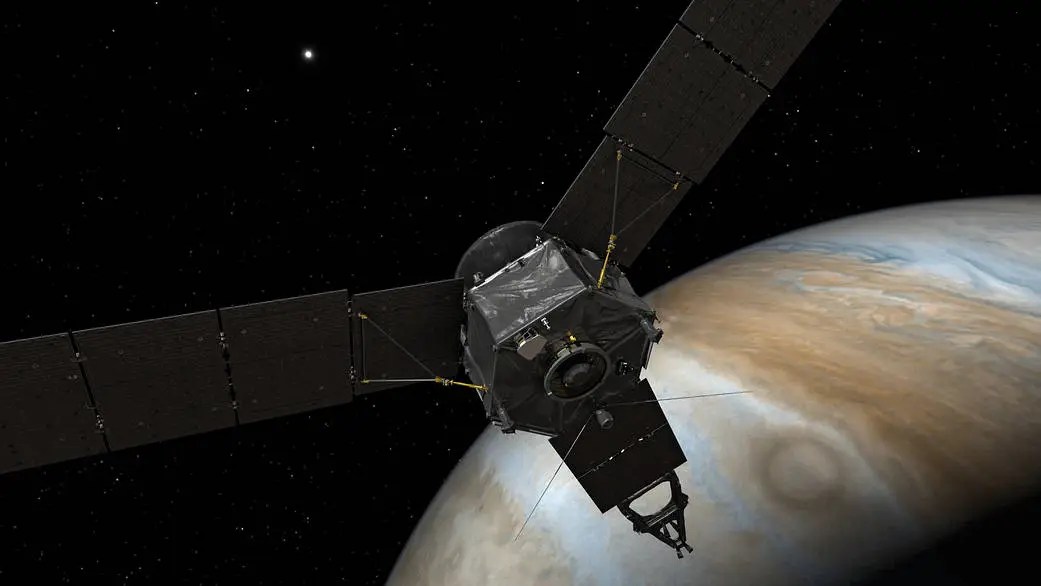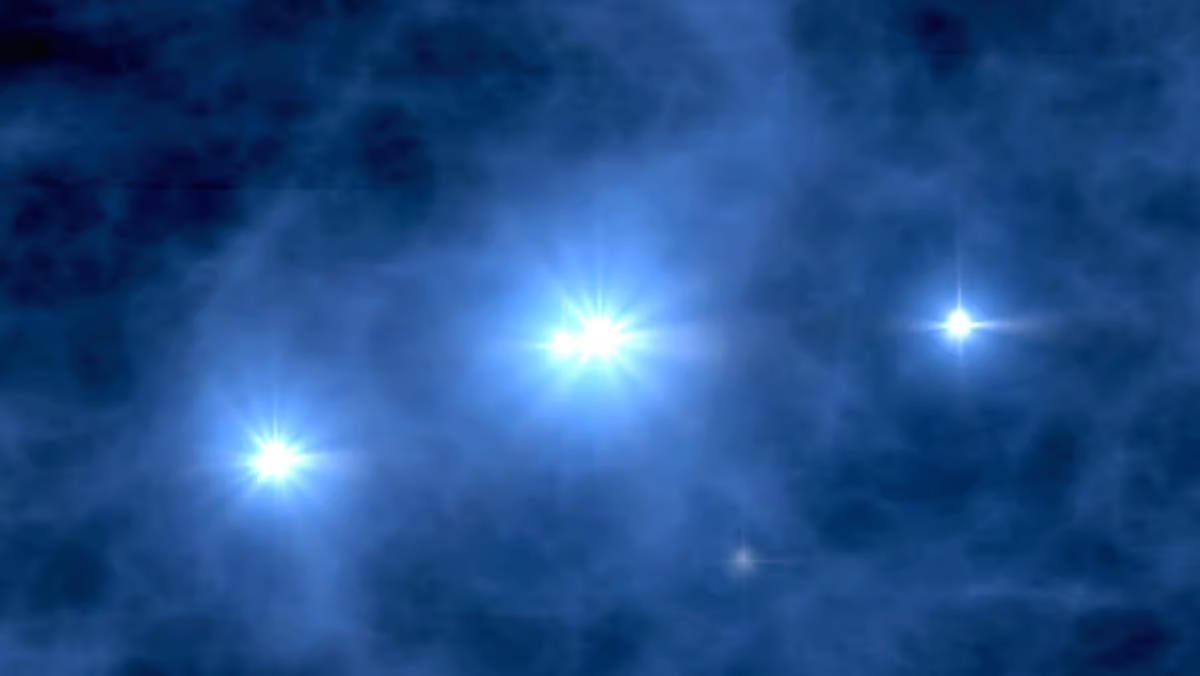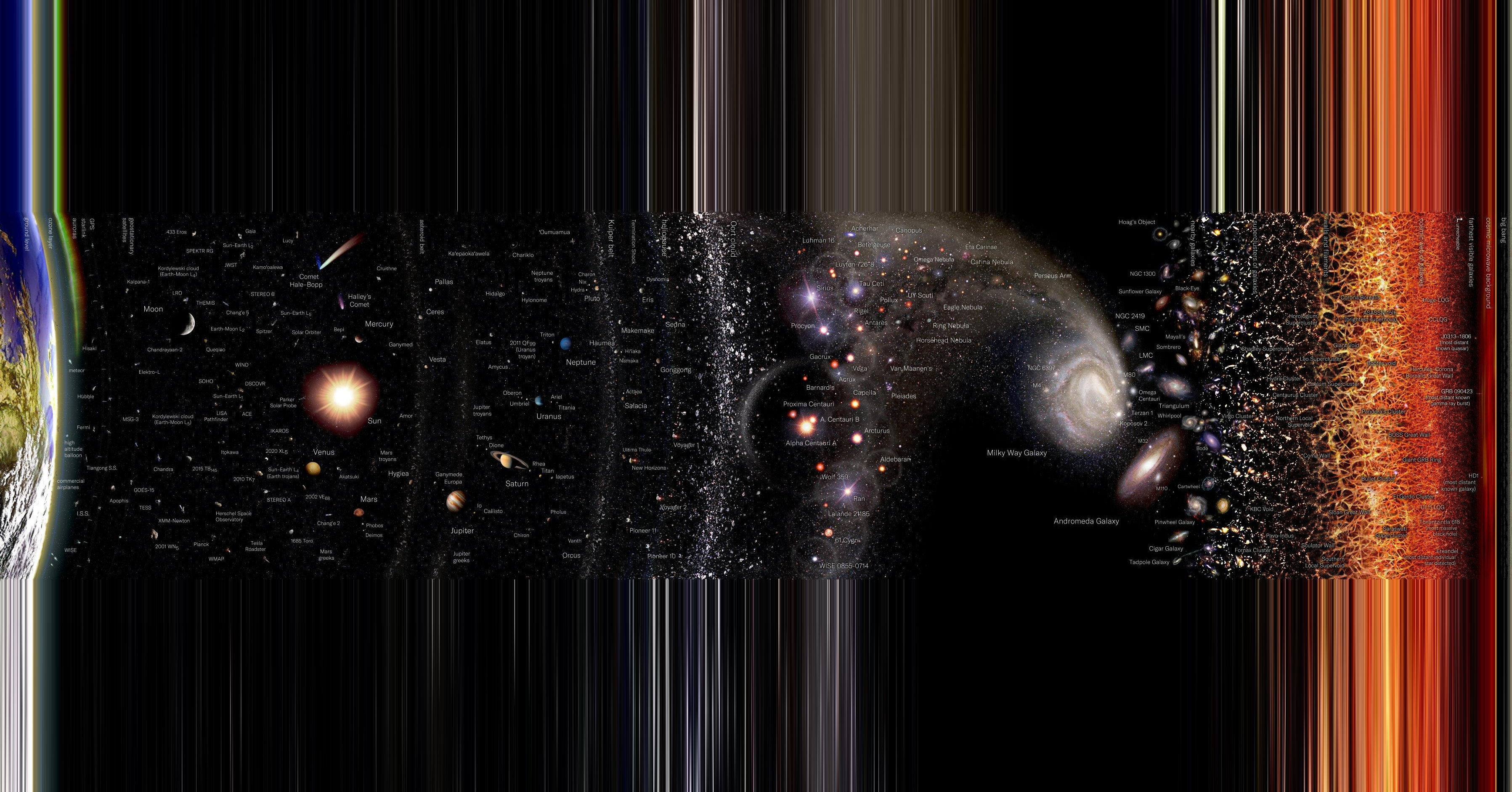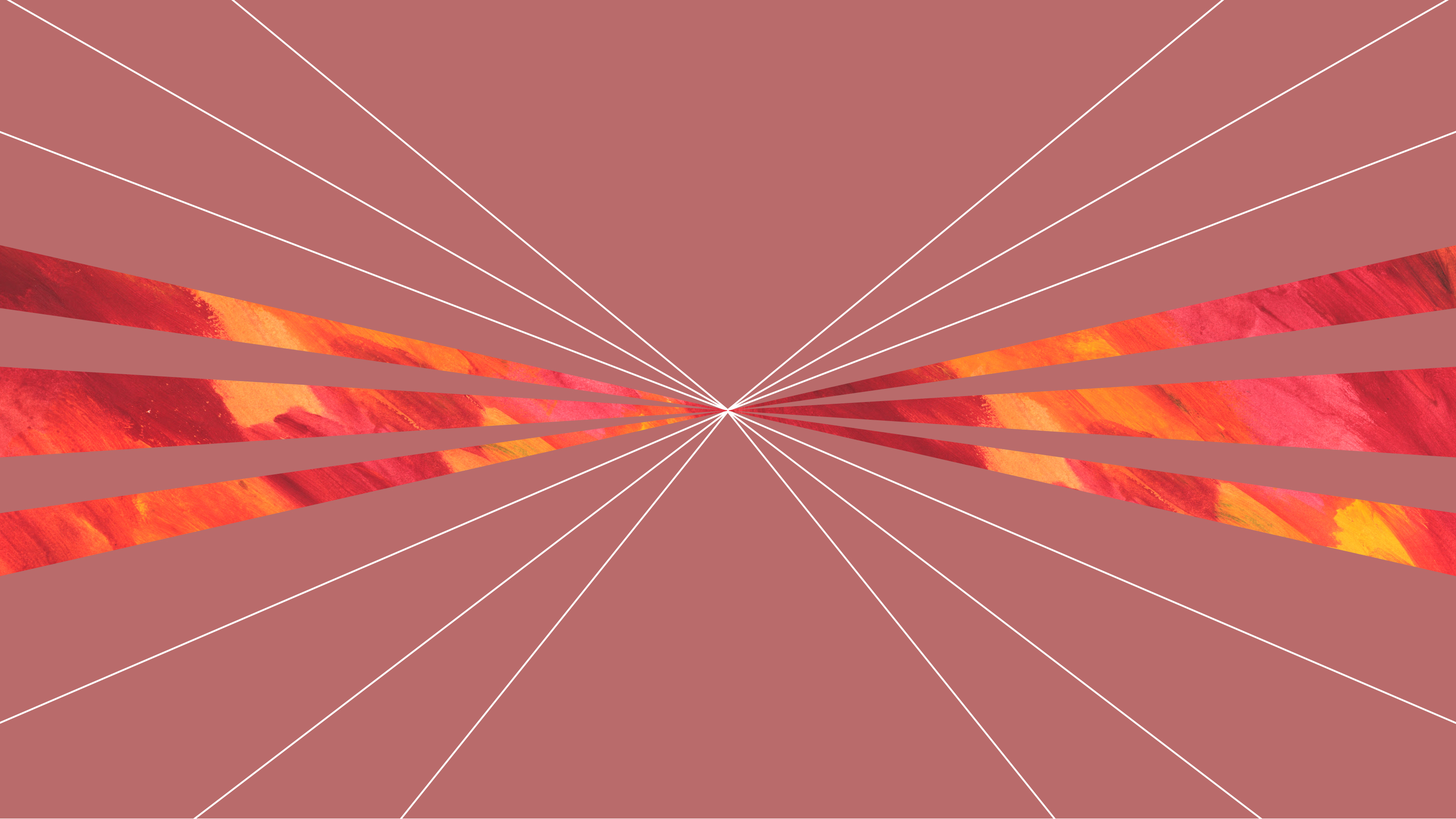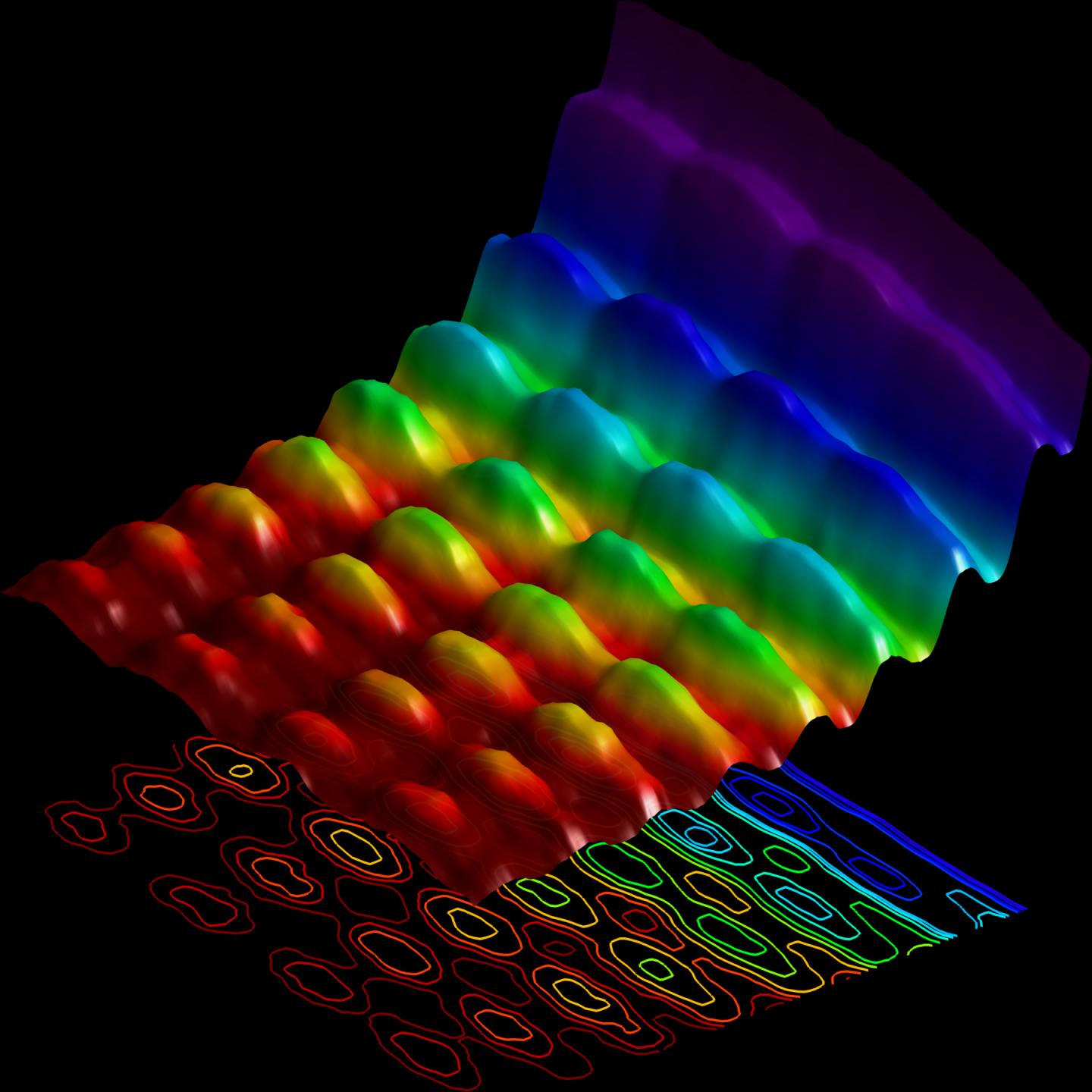About six million years ago, the Mediterranean was sealed off from the Atlantic, and over centuries it ran dry. One megaflood reversed that.
Welcome to The Nightcrawler — a weekly newsletter from Eric Markowitz covering tech, innovation, and long-term thinking.
Across all wavelengths of light, the Sun is brighter than the Moon. Until we went to the highest energies and saw a gamma-ray surprise.
It’s OK to hate a frigid pond.
The Juno spacecraft, orbiting and imaging Jupiter since 2016, is still succeeding. Without a further extension, the mission now faces death.
The African Union argues that the Mercator projection distorts the continent, both in size and global attention.
In “That Book Is Dangerous,” author Adam Szetela examines the rise of the “Sensitivity Era” in publishing and how outrage campaigns try to control what books authors can write and readers can read.
The predictions of evolutionary theorists and current advances in “multimodal AI” offer strong clues to the future of employment.
With several seemingly incompatible observations, cosmology faces many puzzles. Could early, supermassive stars be the unified solution?
A contemplative approach to leading others can help us accept the tension of not always knowing how things will play out.
As we look to larger cosmic scales, we get a broader view of the expansive cosmic forest, eventually revealing the grandest views of all.
Explanations for the cosmic speed limit often conflate mass with inertia.
The Universe isn’t just expanding; the expansion is accelerating. If different methods yield incompatible results, is dark energy evolving?
In this excerpt from “The Story of CO2,” Peter Brennan explains how changes in the Earth’s ecosystem led to fire, which in turn led our ancestors to become the “fire apes.”
Welcome to The Nightcrawler — a weekly newsletter from Eric Markowitz covering tech, innovation, and long-term thinking.
When you don’t have enough clues to bring your detective story to a close, you should expect that your educated guesses will all be wrong.
10 years ago, LIGO saw its first gravitational wave. After 218 detections, our view of black holes has changed forever. Can this era endure?
In this excerpt from “Tales of Militant Chemistry,” Alice Lovejoy exposes how the need for uranium during WWII led the Allied governments to turn a blind eye to colonial exploitation.
MIT Sloan’s Nelson P. Repenning and Donald C. Kieffer outline their tried-and-tested solution for stubborn workflow blockages.
Designed to map galaxies, the SPHEREx mission’s first science result is instead about interstellar interloper 3I/ATLAS. No, it’s not aliens.
You are held, shaped, and sustained by a thousand invisible hands.
Venture capitalist and Flickr co-founder Caterina Fake talks to Big Think about why AI won’t make the internet better, her influences beyond tech, and more.
In our own Milky Way, a recently deceased star creates a ghostly, hand-like shape in X-rays some 150 light-years wide. Here’s how it’s made.
Throughout history, “free energy” has been a scammer’s game, such as perpetual motion. But with zero-point energy, is it actually possible?
In “The Secret History of Denisovans,” Silvana Condemi and François Savatier trace the story of our mysterious hominin ancestor.
Welcome to The Nightcrawler — a weekly newsletter from Eric Markowitz covering tech, innovation, and long-term thinking.
There could be variables beyond the ones we’ve identified and know how to measure. But they can’t get rid of quantum weirdness.
A conversation with neuroscientist Erik Hoel about the future of consciousness research.
“Who ya gonna believe: me or your own eyes?” Until you can assess your perception, the answer should be neither.
